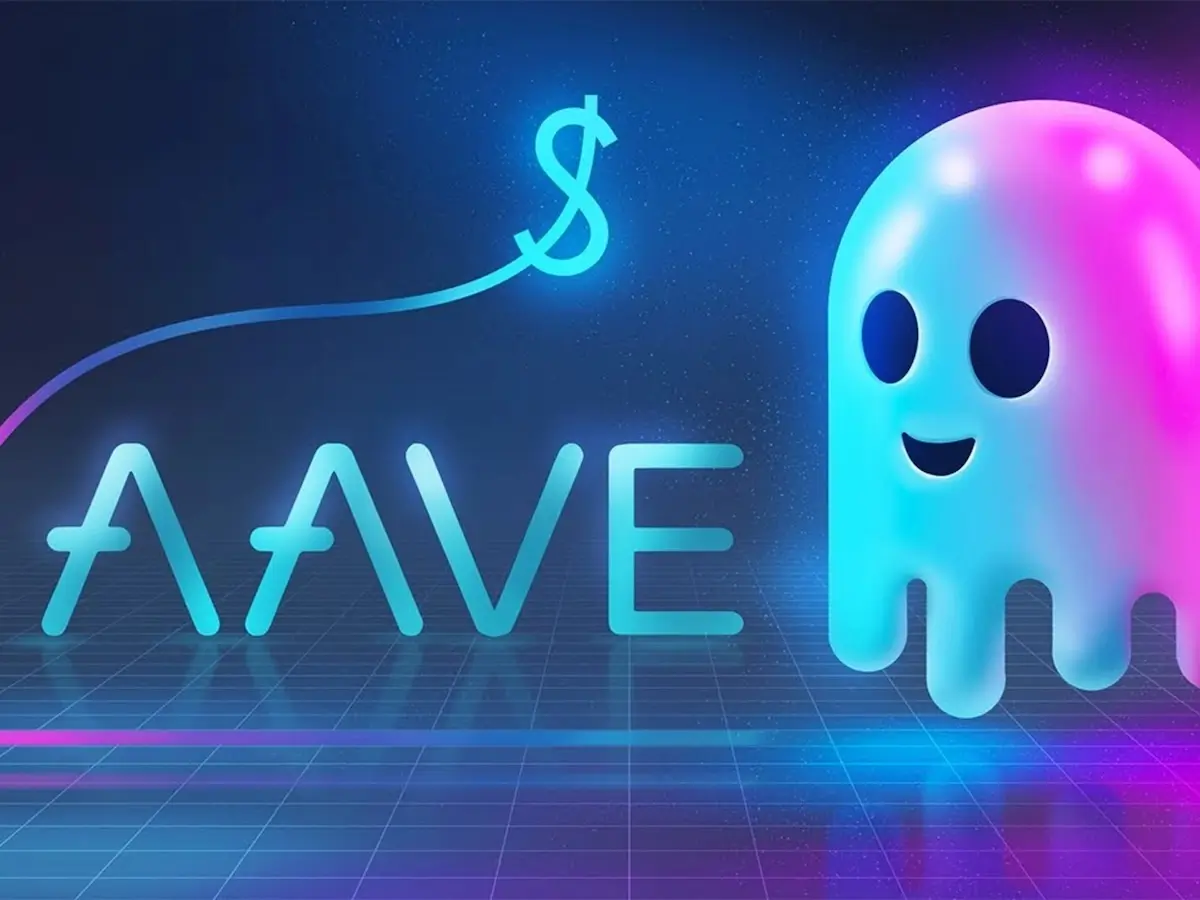Since the launch of Ethereum in 2015 it has evolved into the foundation of decentralized applications (dApps), smart contracts, and non-fungible tokens (NFTs). Its native currency, Ether (ETH), fuels this ecosystem by securing the network, powering transactions, and incentivizing developers.
In 2025, Ethereum’s relevance is only growing. With upgrades like Proto-Danksharding (EIP-4844), rapid adoption of Layer 2 solutions, and its shift to Proof of Stake, Ethereum continues to dominate the Web3 space.
But what makes Ethereum the most trusted blockchain today? Let’s break down seven reasons that explain its staying power, and why building on Ethereum is still only half the journey.
👀 Quick answers — Jump to section
- Proven Security at Scale
- Decentralization and Censorship Resistance
- Strong Developer Ecosystem
- Proven Track Record in DeFi and NFTs
- Transparent Governance and Upgrades
- Reliable Infrastructure and Uptime
- Broad Institutional Support and Adoption
- Ethereum vs Competitors: Who Really Wins?
- Ethereum for Brands: Marketing, SEO, and GEO Implications
- Challenges Facing Ethereum
- Final Thoughts
- FAQ
1. Proven Security at Scale

Ethereum has been tested in the wild for nearly a decade. Billions of dollars move through its smart contracts every day, making it one of the most stress-tested platforms in history.
Hackers constantly probe Ethereum, yet its core protocol remains secure. While individual dApps may suffer vulnerabilities, the Ethereum base layer itself has shown remarkable resilience. This matters because businesses and governments want a blockchain that won’t collapse under pressure.
Ethereum’s security is reinforced by:
- Proof of Stake consensus – over 26 million ETH are currently staked, creating a massive financial incentive for validators to act honestly.
- Battle-tested cryptography – Ethereum uses the same elliptic-curve cryptography trusted by banks and governments worldwide.
- Global validator network – with more than 1 million validators spread across multiple jurisdictions, Ethereum avoids central points of failure.
The combination of time, scale, and decentralization gives Ethereum a security reputation no competitor has matched. For enterprises and regulators weighing blockchain adoption, this long track record provides a strong sense of assurance.
2. Decentralization and Censorship Resistance
Trust in blockchain comes from removing single points of control, and Ethereum has built one of the most decentralized networks in existence. Its validator set spans the globe, with participants from every continent contributing to consensus. This diversity makes it extremely difficult for any government, corporation, or bad actor to shut the system down or censor transactions.
Unlike permissioned blockchains, Ethereum doesn’t require approval from a central authority. Anyone can run a node, stake ETH, or deploy a smart contract. That openness creates confidence for builders and users alike. They know the rules of the system cannot be quietly rewritten by a boardroom decision.
Ethereum has also shown resilience in practice. From political unrest to sanctions enforcement, it has remained neutral infrastructure, processing transactions regardless of geography or ideology. For industries like finance, healthcare, or identity systems, this neutrality is not a nice-to-have, it’s essential.
The result is a platform where projects can launch knowing their applications won’t be shut down overnight. That reliability underpins Ethereum’s reputation as the most censorship-resistant foundation for Web3.
3. Strong Developer Ecosystem
Ethereum is secure and decentralized, and it also has the largest developer community in blockchain. Tens of thousands of active developers contribute to the ecosystem, building tools, frameworks, and applications that make it easier for others to join in.
The Ethereum Virtual Machine (EVM) gives developers a standard environment for writing and deploying smart contracts. Because so many blockchains now support the EVM, developers can write once and deploy across multiple networks. This portability reinforces Ethereum’s position as the starting point for innovation.
Ethereum also benefits from constant iteration. Core developers release upgrades like Shanghai, Dencun, and the Merge, each improving performance, costs, or scalability. Around this foundation, third-party teams create SDKs, APIs, and developer-friendly platforms that reduce friction for new projects.
For startups, enterprises, and governments considering blockchain adoption, this developer strength translates into long-term confidence. Choosing Ethereum means tapping into the widest pool of talent and tools, lowering risk while accelerating time to market.
4. Proven Track Record in DeFi and NFTs

Ethereum powers the majority of leading projects in both decentralized finance (DeFi) and non-fungible tokens (NFTs). Global platforms for lending, trading, stablecoins, and yield farming rely on Ethereum’s network. Well-known DeFi applications like Uniswap, Aave, and MakerDAO operate on Ethereum, moving billions in value every week.
In NFTs, Ethereum acts as the backbone for digital collectibles, art, and gaming assets. The ERC-721 and ERC-1155 standards make it simple for artists and developers to launch unique tokens recognized by wallets and marketplaces around the world. OpenSea, Foundation, and countless creators have built entire businesses on Ethereum’s infrastructure.
Reliability on mainnet means these projects have consistent uptime and interoperability. Developers and users trust that Ethereum’s ecosystem will continue to support both new innovation and the largest existing brands. This long track record makes Ethereum the go-to choice for anyone launching, investing in, or collecting digital assets.
5. Transparent Governance and Upgrades
Ethereum’s decision-making and protocol changes happen through open discussion and clear voting mechanisms. Developers and community members from all backgrounds can propose improvements, debate ideas, and see the outcome of every major change. The Ethereum Improvement Proposal (EIP) system documents all discussions and technical rationale, making every upgrade visible to anyone who wants to review it.
Major transitions such as the Merge, from proof of work to proof of stake, were planned and executed with transparency. Unlike closed or centrally managed chains, Ethereum gives all stakeholders a chance to weigh in before any technical fork or significant network update takes place. This culture of open governance provides confidence to businesses, governments, and independent developers alike.
People trust Ethereum because every step is discussed publicly, recorded, and reviewed. That accountability helps projects adapt to future changes without surprise disruptions or unseen risks.
6. Reliable Infrastructure and Uptime
Ethereum runs on a robust global infrastructure that keeps the network online every day and night. Nodes operate on every continent, providing constant backup and redundancy for all blockchain data. Even in times of high congestion, Ethereum processes transactions and smart contract executions with remarkable reliability.
Large organizations and startups alike depend on Ethereum because they know it will keep their operations running without interruption. Services like Infura and Alchemy offer reliable access to the network for developers, making it easy to build scalable apps and platforms on top of Ethereum. Multiple block explorers, analytics tools, and infrastructure providers track performance and network status in real time.
Consistency in uptime means businesses, users, and partners have confidence in launching products, managing assets, and running transactions. Ethereum’s infrastructure has proven its ability to handle massive spikes in activity and daily routine traffic without major outages.
7. Broad Institutional Support and Adoption
Ethereum is the go-to blockchain for major institutions, businesses, and global initiatives. Leading banks, enterprises, and governments use Ethereum for settlement, asset management, and testing new financial products. Well-known names such as J.P. Morgan, Microsoft, and the European Investment Bank have built projects or pilots that leverage Ethereum’s infrastructure and protocols.
Large-scale adoption by institutions means Ethereum passes the trust test for compliance, transparency, and security. These organizations rely on stable platforms and rigorous audit trails. Ethereum’s open architecture and regular upgrades help meet regulatory and operational standards. Partnerships and integrations extend to global payment networks, supply chain solutions, and enterprise-grade applications.
Institutional momentum strengthens Ethereum’s reputation and ensures long-term relevance. As more organizations use and validate its network, developers and communities benefit from increased stability, collaboration, and expanded resources.
Ethereum vs Competitors: Who Really Wins?
Ethereum faces competition from Solana, Polygon, and Avalanche. But while competitors attract niche use cases, Ethereum remains the most trusted and widely adopted.
| Feature | Ethereum | Solana | Polygon | Avalanche |
|---|---|---|---|---|
| Ecosystem Size | Largest | Fast but unstable | Scales Ethereum | Smaller |
| Security | High (PoS + decentralization) | Past outages | Depends on Ethereum | Decent |
| NFTs | Dominant | Growing | Limited | Limited |
| SEO/GEO Authority | Strongest | Moderate | Strong (as L2) | Low |
Ethereum continues to lead because brands, institutions, and governments trust it.
Ethereum for Brands: Marketing, SEO, and GEO Implications
This is where it connects directly to your business goals.
If your project runs on Ethereum, visibility is the battle. It’s not enough to launch an NFT drop or dApp. You must become reference-ready across both search and generative engines.
At InfluxJuice, we focus on two layers:
- On-site SEO/GEO – optimized About pages, schema markup, and original, authoritative content that LLMs and Google crawl.
- Off-site SEM/GEM – backlinks, PR placements, and citations across high-authority Web3 outlets and directories.
For example, Neil Patel’s analysis shows that 49% of generative engine references come from blog content. If your Ethereum project isn’t publishing high-quality, optimized blogs consistently, you’re invisible to AI search.
Ethereum gives the tech foundation. We help Ethereum brands build the authority foundation.
Challenges Facing Ethereum
Despite its dominance, Ethereum faces ongoing challenges:
- Gas fees: While L2s reduce costs, spikes still occur.
- Complexity: User experience remains harder than on Web2 platforms.
- Competition: Alternative blockchains innovate quickly.
But Ethereum’s developer base and institutional adoption keep it ahead of the curve.
Final Thoughts
Ethereum remains the beating heart of Web3. It powers the biggest dApps, the most valuable NFTs, and the most secure smart contracts. With sustainability gains, scaling solutions, and an unmatched reputation, Ethereum continues to lead in 2025.
For brands, the message is simple: Ethereum is where the market is, but visibility is where you win. If your business wants to dominate both Page One and AI-generated answers, you need to invest in SEO/GEO strategy now. Book a call with us and we’ll help you structure that strategy.
FAQ
What makes Ethereum different from Bitcoin?
Bitcoin is digital money. Ethereum is a programmable blockchain that runs smart contracts and dApps.
How secure are Ethereum smart contracts?
They are secured by Ethereum’s blockchain, but audits are vital to eliminate bugs.
Can NFTs exist on other blockchains?
Yes, but Ethereum is the standard with the largest ecosystem and market liquidity.
What is the Ethereum Virtual Machine (EVM)?
EVM allows developers to deploy smart contracts and dApps across multiple languages.
How does Ethereum’s Proof of Stake work?
Validators stake ETH to secure the network, reducing energy use by 99.9% vs Proof of Work.
💡 Question for you: Do you think Ethereum will maintain its dominance in the face of Solana, Polygon, and new L2 scaling solutions?
Share your thoughts in the comments.
_________________________________________________________________
Get your business referenced on ChatGPT with our free 3-Step Marketing Playbook.
Want to know how we can guarantee a mighty boost to your traffic, rank, reputation and authority in you niche?
Tap here to chat to me and I’ll show you how we make it happen.
If you’ve enjoyed reading today’s blog, please share our blog link below.
Do you have a blog on business and marketing that you’d like to share on influxjuice.com/blog? Contact me at rob@influxjuice.com.

